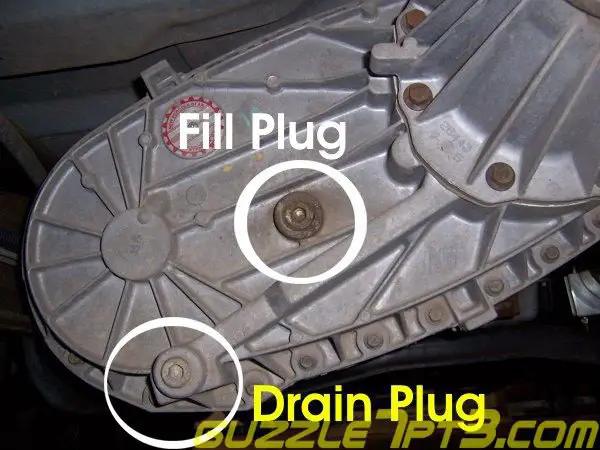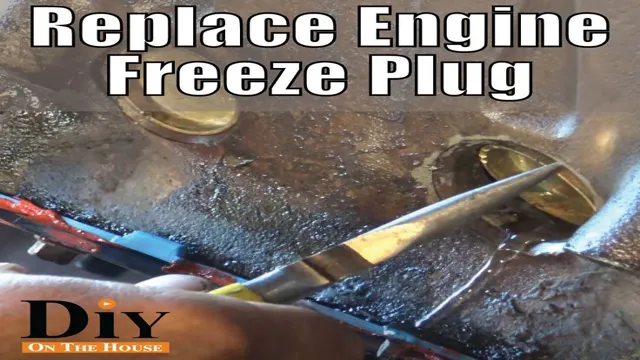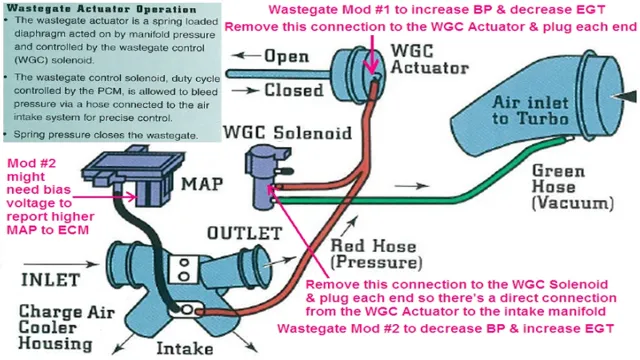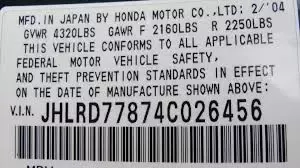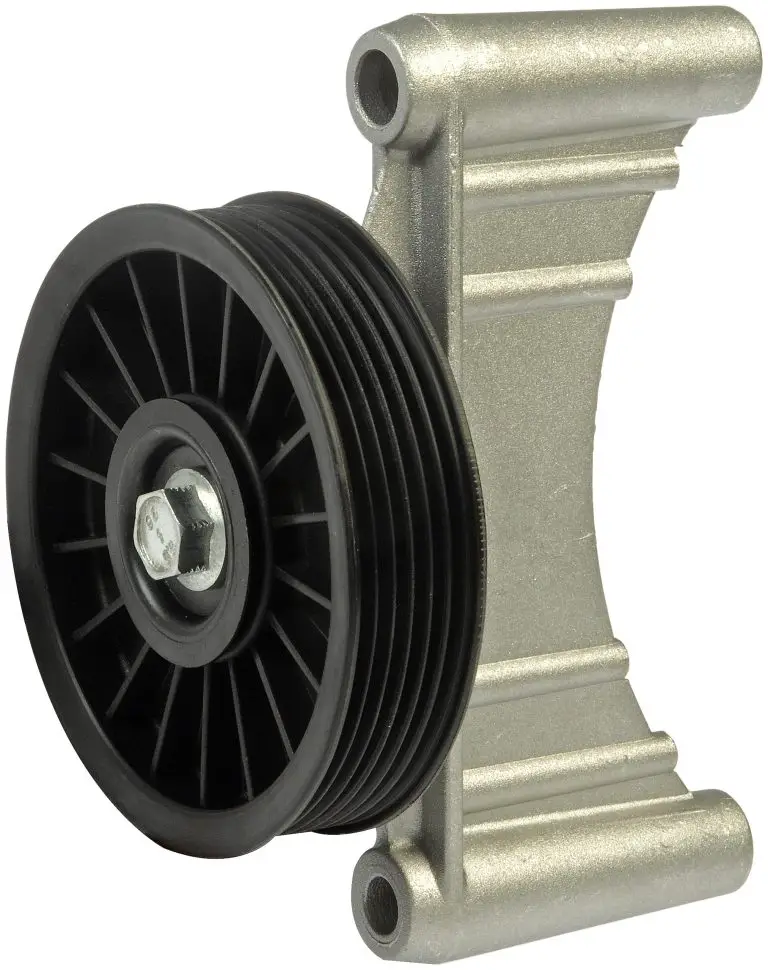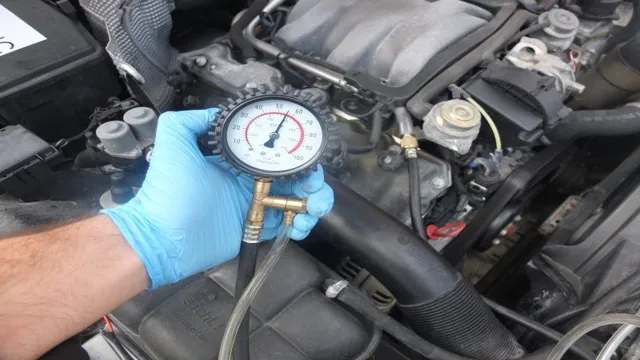How to Check the Transfer Case Fluid: Quick Guide
Checking the transfer case fluid in your vehicle is an important maintenance task that ensures the proper functioning of your four-wheel drive system. Here’s a comprehensive guide on how to check the transfer case fluid to keep your vehicle running smoothly.
Why Check Transfer Case Fluid?
Transfer case fluid plays a crucial role in lubricating the gears and bearings inside the transfer case, preventing wear and tear. It also helps in transferring power from the transmission to the front and rear axles in four-wheel drive vehicles.
When to Check Transfer Case Fluid?
It’s recommended to check the transfer case fluid at regular intervals, especially before embarking on off-road adventures or towing heavy loads. Additionally, if you notice any symptoms of a bad transfer case such as difficulty changing gears or strange noises while driving, it’s essential to inspect the fluid level and condition.

Credit: www.fordservicecontent.com
How to Check Transfer Case Fluid
Follow these step-by-step instructions to check the transfer case fluid in your vehicle:
- Locate the fill plug and the check plug on the rear of the transfer case.
- Position the vehicle on a level surface to ensure accurate fluid level measurement.
- Remove the fill plug using a suitable wrench or socket.
- Insert your finger or a white piece of cardboard into the fill hole to check the fluid level.
- Inspect the fluid for any metal particles, discoloration, or unpleasant odor, which may indicate the need for a fluid change.
- If the fluid is level with the fill plug hole or just dribbles out, the transfer case is adequately filled.
- Reinstall the fill plug securely after checking the fluid level.

Credit: www.youtube.com
What Happens When Transfer Case Fluid is Low?
Low or dirty transfer case fluid can lead to various issues such as difficulty changing gears and unexpected disengagement of four-wheel drive. It can also cause loud noises while driving due to increased friction inside the transfer case.
When to Replace Transfer Case Fluid?
It’s essential to replace the transfer case fluid if it appears dirty, contains metal particles, or emits a burnt odor. Following the manufacturer’s recommended service intervals for fluid replacement is crucial to maintain the performance and longevity of the transfer case.
Common Signs of a Bad Transfer Case
Some common signs of a bad transfer case include shifting issues, fluid puddle under the transfer case, and strange grinding, growling, or humming noises. If you notice any of these symptoms, it’s advisable to have the transfer case inspected by a qualified mechanic.
Frequently Asked Questions
How Do I Know If My Transfer Case Fluid Is Low?
To check if your transfer case fluid is low, you can look for signs like difficulty changing gears and loud noises while driving. You can also inspect the fluid level by removing the fill plug and checking if the fluid is level with the hole or just dribbles out.
If it pours out, the case is over-filled.
How To Check Oil Level On Transfer Case?
To check oil level on the transfer case, locate the fill plug, remove it, check fluid level, and refill if necessary.
How To Check If A Transfer Case Is Good?
To check if a transfer case is good, locate the fill plug and check the fluid level. The case is full if fluid is level with the fill plug hole. If it pours out, the case is over-filled. Ensure the fluid is at the correct level for optimal performance.
How To Know When A Transfer Case Is Full?
To know when a transfer case is full, remove the fill plug. If fluid drips out or is level with the hole, it’s full. Avoid overfilling. Regular checks ensure optimal performance and prevent damage.
Conclusion
Regularly checking the transfer case fluid is a simple yet effective way to ensure the proper functioning of your vehicle’s four-wheel drive system. By following the steps outlined in this guide and staying alert to any symptoms of a bad transfer case, you can maintain the performance and reliability of your vehicle for years to come.

